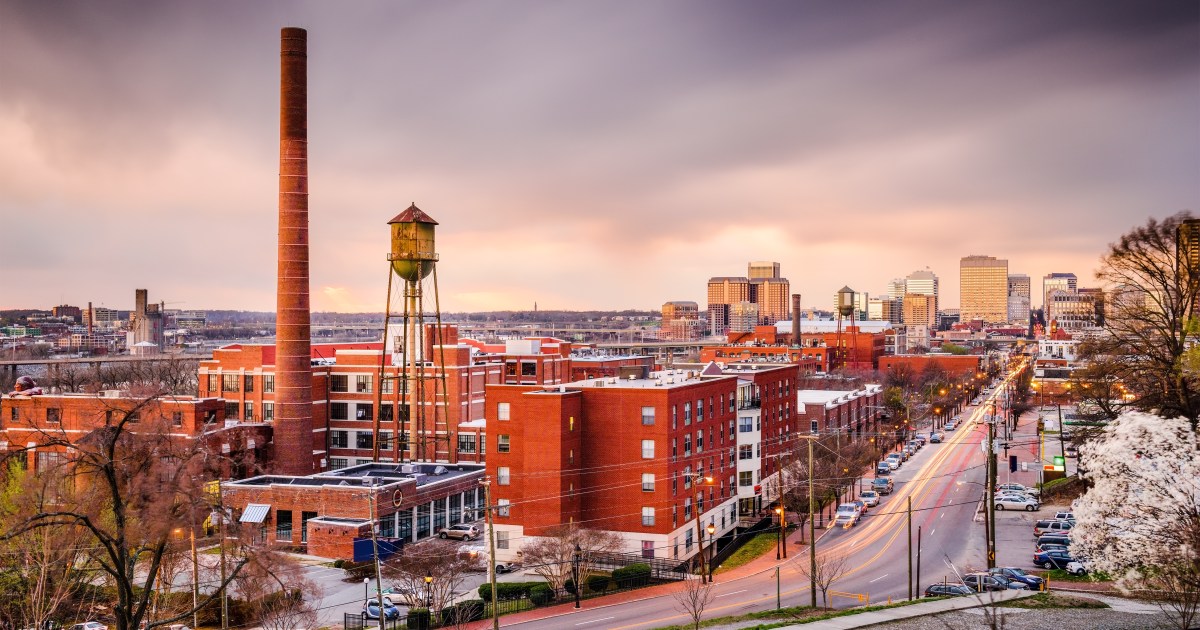
After a yearlong competition, today the U.S. Department of Commerce’s Economic Development Administration (EDA) made awards to 21 regions through its $1 billion Build Back Better Regional Challenge (BBBRC).
As the EDA’s signature American Rescue Plan Act recovery program, the BBBRC provides five-year grants ranging between $25 million and $65 million to urban, rural, and tribal regions. These investments support the local development of nationally critical industries and technologies in ways that deliver economic opportunity to traditionally undeserved people and communities.
While it is just a small part of the $3.4 trillion in recent federal investments to support the economy, the BBBRC represents a critical test for key assumptions of the broader Biden administration economic framework: that major public investment can catalyze new markets and technologies; that growth and equity can be mutually reinforcing drivers of shared prosperity; and that federal agencies can unleash state and local innovation while requiring effective, on-the-ground implementation at the same time.
Along the way, the program heralds the federal government’s embrace of large-scale, place-based challenge grants to spur and support local interventions. It acknowledges that the U.S. economy is really an aggregation of distinct regional economies, each with their own histories and opportunities. And it recognizes that the regional networks receiving BBBRC grants—universities, community-based organizations, local and state governments, and business intermediaries—have a vital role in the nation’s economic development.
For these reasons, more than its price tag, the BBBRC is a policy experiment that deserves attention. Which is why over the next 18 months, Brookings Metro will be undertaking an applied research project focused on how the program is implemented and what it means for the future of federal support for local economic growth and resilience.
Inclusive industrial strategy finds its place
The BBBRC was designed to deliver on two critical post-pandemic economic objectives.
First, at a time of disrupted supply chains, rising global insecurity, and an urgent need to decarbonize the economy, the BBBRC seeks to build out the nation’s technological and industrial capacity in areas such as advanced manufacturing, green technology, agriculture, and health. In April 2022, the Biden administration argued for a new national industrial strategy that invests in infrastructure, research, technology, and energy as platforms for the next generation of economic growth. Congress has delivered two major pieces of legislation—the Infrastructure Investment and Jobs Act and the Inflation Reduction Act—that deliver on that vision. The BBBRC’s distinct contribution is its acknowledgement that the nation’s industrial capacity derives from what Gary P. Pisano and Willy C. Shih call the “industrial commons”—the place-based concentrations of research institutions, skilled workers, and suppliers that anchor America’s most productive clusters. With that acknowledgement, the program invests locally to strengthen the nation’s competitive backbone.
Second, at a time of heightened geographic and racial inequality, the BBBRC also invests in historically left-behind people and places to power the nation’s industrial transition. Federal investment could easily flow directly to the largest and most productive knowledge hubs or completely avoid the people traditionally disconnected from the innovation economy. Instead, the BBBRC responds to work from Brookings Metro and others demonstrating the massive social and geographic divides pulling the country apart. Given that, the EDA has made “equity” the top priority outcome for grantees. This acknowledges that structural racism has undermined the pipeline of diverse talent and entrepreneurs on which the “industrial commons” depends, while regional inequity has concentrated investment in too few places in recent decades.
Local laboratories for a national industrial strategy
The EDA translated these high-level objectives into a detailed rubric to select 21 winners. If states are the laboratories of democracy, then the BBBRC grantees are, in many ways, the laboratories of this new national industry strategy, and the implementation of their industry cluster strategies will test several key premises of the policy’s design.
The first premise is that a place-based policy can not only help regions recover from the pandemic, but also build more productive and inclusive economies over the long term. Indeed, cluster strategies take years—if not decades—to come to fruition. Each awardee explained why their cluster strategy could achieve these objectives in a highly disruptive moment, whether it is building manufacturing capacity for batteries in upstate New York, evolving the timber industry to meet climate and equity imperatives in Oregon, or creating a hub of clean energy in West Virginia.
The second premise is three-fold: market failures inhibit the development of key industries and technologies; regional actors can effectively identify those market failures; and public investment can correct for those failures to unleash economic development that would not have occurred otherwise. The EDA asked each awardee to explain why the government’s resources were critical to unleashing economic growth based on their specific economic and civic context. This allowed the agency to fund clusters in various stages of maturity and in regions of varying scale, from well-established advanced manufacturing clusters in Detroit to more nascent opportunities such as biotechnology corridor in Virginia.
The final premise to be tested is that cluster strategies can catalyze inclusive growth. Delivering on the EDA’s equity imperative will require intentional strategies delivered by new types of coalitions. As such, the diversity of institutions—from research universities to community-based nonprofits to corporate intermediaries to labor groups—represented in the 21 awardees is broader than the typical EDA grantee pool. But only time will tell whether these coalitions can effectively implement their strategies.
Examining how and where these premises hold up can yield tangible guidance for building an American economy that works for everyone.
The beginning of a new era in place-based policy
The BBBRC is the Biden administration’s first large, place-based economic policy, but it is not the only one. These other national “bets” on particular industries in particular places can learn from and inform the EDA’s program:
- The National Science Foundation’s Regional Innovation Engines program will make up to $160 million available for regional innovation strategies.
- As part of the Infrastructure Investment and Jobs Act, the Department of Energy has initiated a $8 billion program to catalyze at least four regional clean hydrogen hubs.
- The recent passage of the CHIPS and Science Act saw Congress commit $11 billion for place-based policy through the $10 billion Regional Technology Centers program and the $1 billion RECOMPETE Pilot Program.
By our estimates, the BBBRC will offer critical lessons for designing and executing over $20 billion in such programs—and likely more, given the recent passage of the Inflation Reduction Act.
Together, these programs represent the largest commitment to place-based economic policy in recent memory. But in his argument for a new American industrial strategy, Brian Deese, director of the National Economic Council, articulated how such an approach requires a strengthened American federalism: “Most building will be carried out by state and local partners. The federal government will need to build capacity; demand progress over inertia; and learn from local innovation.”
In this spirit, over the next 18 months, Brookings Metro will be partnering with the EDA to produce research on the BBBRC program, document new solutions that emerge from it, and analyze what it all means for future public and private action to close our nation’s social and spatial divides.
This blog was prepared by Brookings Metro using federal funds under award ED22HDQ3070081 from the Economic Development Administration, U.S. Department of Commerce. The statements, findings, conclusions, and recommendations are those of the author(s) and do not necessarily reflect the views of the Economic Development Administration or the U.S. Department of Commerce.


